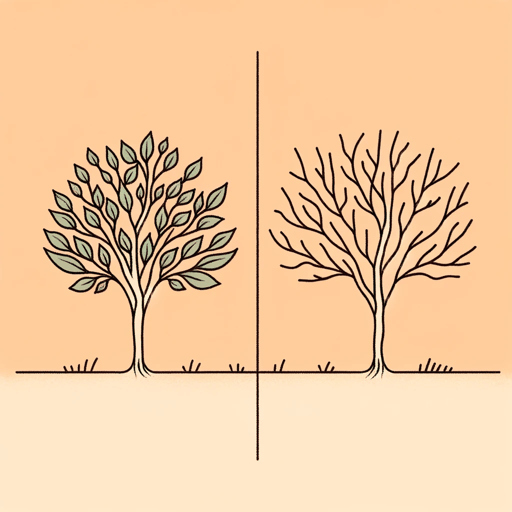63 pages • 2 hours read
Zakes MdaThe Heart Of Redness
Fiction | Novel | Adult | Published in 2000A modern alternative to SparkNotes and CliffsNotes, SuperSummary offers high-quality Study Guides with detailed chapter summaries and analysis of major themes, characters, and more.
Summary and Study Guide
Overview
South African novelist Zakes Mda published his satirical work The Heart of Redness in 2000. In the novel, Mda blends history, myth, and realist fiction to portray a South African village over a 150-year span. In 1856, a 15-year-old girl from kwaXhosa named Nongqawuse told her uncle, Mhlakaza, that she had encountered the spirits of two of her ancestors. These spirits told the young girl that if the amaXhosa killed all their cattle, destroyed their crops, and abandoned witchcraft, then the dead would be resurrected, and the white invaders would be swept into the sea. The resulting famine from the cattle-killing and crop destruction caused approximately 80,000 deaths and was used by the British to consolidate their control over the land.
Twin and Twin-Twin are two brothers who fall on either side of the cattle-killing prophesies. While Twin believes in the prophesies and participates in the destruction, his brother Twin-Twin denounces Nongqawuse, and is eventually forced into aligning himself with the British government in order to protect his homestead, family, and cattle from his brother and the other “Believers.” Disgusted by all forms of religion, Twin-Twin eventually starts his own cult of “Unbelievers.”
The actions of their ancestors have profound effects on the progeny of both Twin and Twin-Twin. The feud continues into the 21st century and post-apartheid South Africa. Bhonco, Twin-Twin’s direct descendant, has inherited the scars that Twin-Twin suffered after being accused of being a wizard. He has resurrected the cult of the Unbelievers and continues to feud with the descendants of Twin. Zim, the direct descendant of Twin, continues in the faith of his ancestor and has passed his strong belief in the prophesies to his daughter, Qukezwa.
Camagu spent most of his life in the United States but returned to South Africa to rebuild his country after the fall of apartheid. But in Johannesburg, Camagu finds that his country does not want his help, and so plans to go back into “exile.” Instead of driving to the airport, Camagu takes a 10-hour detour to Qolorha-by-Sea to see if he can find the woman who had captivated him the night before. While he does not find her, he finds two other women who appeal to different sides of him. One is Xoliswa Ximiya, the beautiful and accomplished daughter of Bhonco. As the headmistress of the local secondary school, Xoliswa Ximiya rejects tradition and wants to see her country develop along the lines of the United States. The other appealing woman is Zim’s daughter, Qukezwa. She is different from Xoliswa Ximiya in every way. She reveres the past and feels connected to the land in a way that Xoliswa Ximiya never will. The soul of the village is played out in this struggle over Camagu’s soul as he reconnects with the part of himself that has been in exile over all these years.
Related Titles
By Zakes Mda



